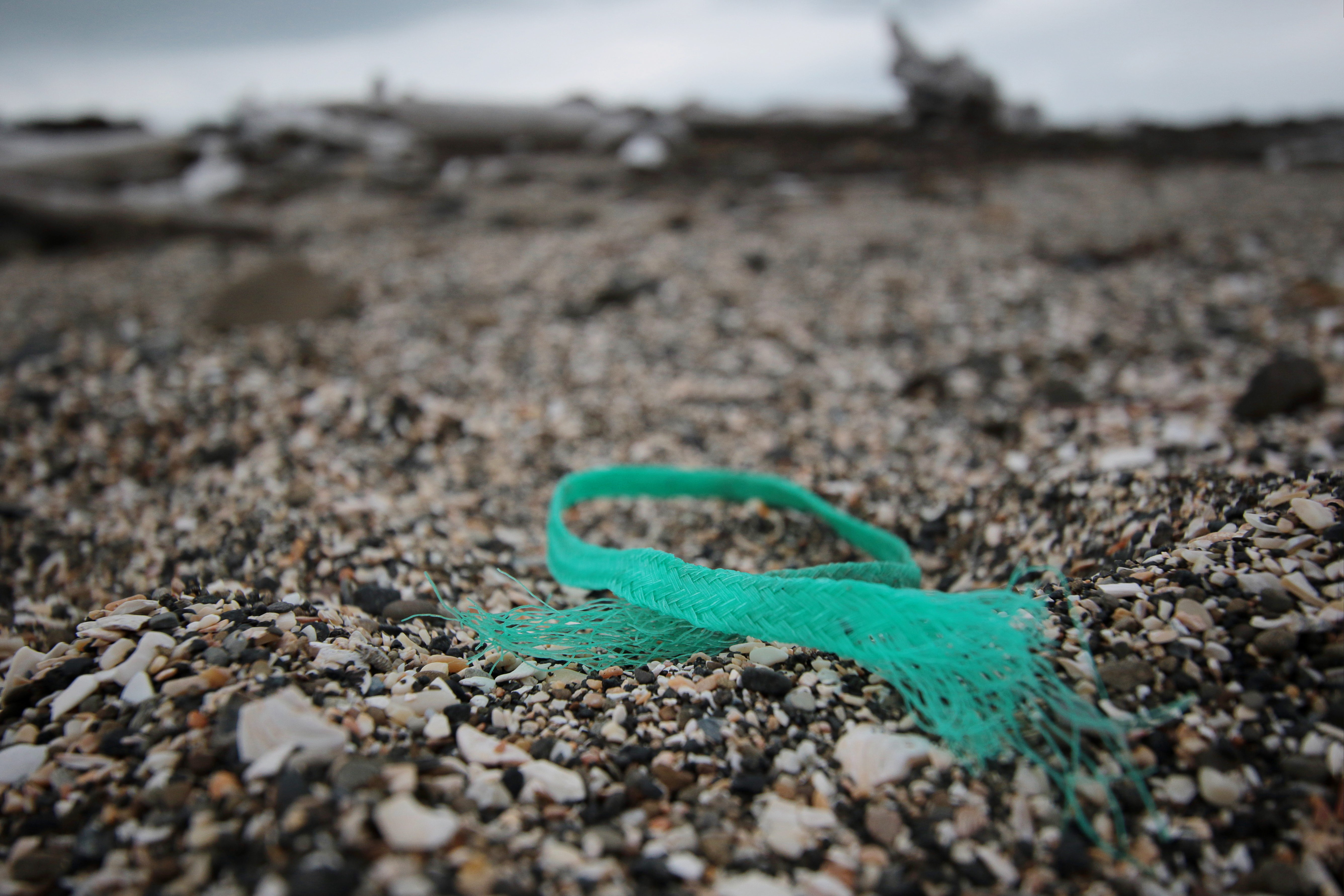Plastic litter in the sea has in scientific literature been pointed out as an environmental threat as far back as 1956. Already during the Ra expedition in the 60s, Thor Heyerdahl reported on the discovery of marine plastic waste. Fifty years later, marine litter is still a topic that concerns scientists, and which remains to be solved. In the last five years, research on marine litter has accelerated, but still there are large knowledge gaps.
Together with the Danish DCEA and Aalborg University, SALT's Vilma Havas has reviewed the scientific discussion on marine litter in Europe, with particular focus on the two Nordic countries Denmark and Norway.
ABSTRACT
Marine litter is a transboundary environmental issue that affects all the world’s oceans. Marine litter research is a young discipline but one that has exploded during the last five years. However, the increased knowledge of sources and underlying causes to marine litter, as well as knowledge regarding solutions, lack systematic review and synthesis. This study reviews the scientific discourses around plastic marine litter in Europe, and more specifically, in Norway and Denmark, and explores emerging discourse coalitions. Four main thematic storylines on the source-cause-solution causal relationship, as well as two emerging storylines within marine litter research, are found. This study concludes that in order to secure sustainability of solutions and to avoid risk transformation and greenwashing, more interdisciplinary research, including life cycle assessment and investigations of scientific and societal discourses, is needed.
Citation: Havas, V.; Løkke, S.; Kørnøv, L. Exploring Scientific Discourse on Marine Litter in Europe: Review of Sources, Causes and Solutions. Sustainability 2022, 14, 7987. https://doi.org/10.3390/su14137987
Keywords: marine litter; scientific discourse; sources; causes; solutions; Europe
